Easy & Tender Joy Of Cooking Beef Tenderloin Recipe
Beef tenderloin transforms ordinary dinner into an extraordinary culinary celebration for passionate home cooks.
Succulent and elegant, this premium cut represents the pinnacle of meat preparation techniques.
Lean muscle fibers promise a melt-in-your-mouth experience that signals true cooking mastery.
Professional chefs and passionate home cooks both revere this tender selection for its remarkable texture and rich flavor profile.
Each carefully selected piece embodies refined dining potential, promising a meal that transcends typical protein preparations.
Subtle seasoning and precise temperature control unlock the meat’s inherent deliciousness, creating a restaurant-quality experience at home: Get ready to impress everyone at your table.
Delight In The Tender Richness Of Beef Tenderloin
Key Ingredients For Beef Tenderloin
Meat:Seasoning:Herbs and Aromatics:Butter and Garnish:Accompaniment:Additional Ingredients:How To Roast Beef Tenderloin
Step 1: Prepare the Beef Tenderloin
Tie the beef tenderloin with butcher’s twine at 1-inch intervals to maintain its shape during cooking. Generously season with salt and pepper.
Step 2: Chill and Dry Brine
Place the seasoned tenderloin on a wire rack set inside a rimmed baking sheet. Refrigerate uncovered for 1-2 nights to dry brine and enhance flavor.
Step 3: Low and Slow Roasting
Position the oven rack in the middle and preheat to 225°F (107°C). Roast the tenderloin for 2-3 hours until the internal temperature reaches 120-125°F (49-52°C) using an instant-read thermometer.
Step 4: Rest the Meat
Remove from the oven and let rest for 10 minutes. Carefully cut and remove the butcher’s twine.
Step 5: Brown the Butter
In a medium skillet, melt butter over high heat until it stops foaming and turns a light golden brown color.
Step 6: Sauté Aromatics
Add thyme and onions to the brown butter. Stir until the sizzling subsides and aromatics become fragrant.
Step 7: Final Broiling
Set the oven rack 6 inches from the broiler element. Set to high heat. Brush the tenderloin with the butter mixture.
Step 8: Broil to Perfection
Place the tenderloin under the broiler, turning every 30 seconds. Cook until the exterior is evenly browned and the internal temperature reaches:Step 9: Rest and Slice
Transfer the beef to a cutting board. Let rest for 5 minutes to allow juices to redistribute.
Step 10: Serve and Garnish
Slice the tenderloin into 1/2-inch pieces. Sprinkle with coarse sea salt and freshly chopped chives. Serve with Horseradish Cream Sauce on the side.
Handy Advice For Beef Tenderloin
Storage Tips For Beef Tenderloin
Fun Variations On Beef Tenderloin
Parting Thoughts On Beef Tenderloin
Beef tenderloin emerges as culinary poetry, celebrating precision and passion in kitchen craftsmanship.
Careful technique transforms simple ingredients into an elegant masterpiece that whispers gourmet sophistication.
Precise temperatures create succulent results that elevate meat preparation to an art form.
Rich butter, fragrant herbs, and perfectly seared edges promise a memorable dining experience.
Salt-crusted, herb-kissed slices await eager palates – with golden-brown exteriors concealing tender, juicy interiors that demand attention and appreciation.
Colleagues, followers, and flavor enthusiasts: share this recipe, comment below, and spread delicious inspiration across your networks!
Print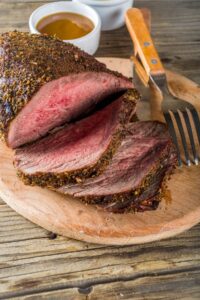
Joy Of Cooking Beef Tenderloin Recipe
- Total Time: 3 hours 10 minutes
- Yield: 8 1x
Description
Succulent beef tenderloin promises an extraordinary culinary journey through rich French cooking traditions. Carefully seasoned and perfectly roasted, this elegant centerpiece delivers mouthwatering flavors you’ll savor with pure satisfaction.
Ingredients
Main Protein:
- 1 center-cut trimmed beef tenderloin, 2 to 3 pounds (900g to 1.4kg)
Herbs and Aromatics:
- 4 sprigs thyme
- 1 shallot, roughly sliced
- Finely minced chives
Seasoning and Sauce Components:
- 4 tablespoons (57g) unsalted butter
- Kosher salt
- Freshly ground black pepper
- Coarse sea salt (such as fleur de sel or Maldon)
- 1 recipe horseradish cream sauce
Instructions
- Prepare the pork tenderloin by carefully securing it with butcher’s twine, creating uniform ties spaced one inch apart to maintain its shape during cooking.
- Generously season the entire surface with kosher salt and freshly ground black pepper, ensuring even coverage.
- Position the prepared tenderloin on a wire rack set inside a rimmed baking sheet, then refrigerate uncovered for 12-48 hours to enhance flavor and dry the exterior.
- Position the oven rack in the center and preheat to a low temperature of 225°F (107°C), creating an ideal environment for slow roasting.
- Transfer the rack with tenderloin to the preheated oven and roast slowly for 2-3 hours, monitoring internal temperature until it reaches 120-125°F (49-52°C) using an instant-read thermometer.
- Remove from oven and let the meat rest for 10 minutes, then carefully cut and remove the butcher’s twine.
- Adjust the oven rack approximately 6 inches from the broiler element and set to high heat.
- In a medium skillet, melt butter over high heat, watching carefully until it stops foaming and transforms to a light golden brown color.
- Introduce fresh thyme and finely chopped onions to the brown butter, stirring until the sizzling subsides.
- Carefully baste the entire tenderloin with the aromatic butter mixture using a spoon.
- Remove the onions from the meat’s surface and place the skillet under the broiler, rotating the tenderloin every 30 seconds to ensure even browning and reaching an internal temperature of 125°F (52°C) for rare or 130°F (54°C) for medium-rare.
- Transfer the perfectly cooked tenderloin to a cutting board and allow it to rest for 5 minutes, enabling juices to redistribute.
- Slice the meat into elegant 1/2-inch thick pieces, garnish with coarse sea salt and freshly chopped chives.
- Serve immediately alongside homemade horseradish cream sauce for a luxurious dining experience.
Notes
- Perfectly trimmed pork roast guarantees a mouthwatering centerpiece that’ll have everyone asking for seconds.
- Twine technique transforms an ordinary cut into a culinary masterpiece, ensuring uniform heat distribution and stunning presentation.
- Salt and pepper aren’t just seasonings—they’re flavor boosters that penetrate deep into the meat’s core.
- Refrigerator magic happens when moisture evaporates, creating a delectable crust that seals in succulent juices.
- Patience rewards you with intensified flavors and a texture that melts effortlessly on your tongue.
- Uncovered resting allows natural air circulation, concentrating seasonings and developing a gorgeous exterior that’ll make your guests swoon.
- Overnight chilling isn’t just a step—it’s the secret weapon for restaurant-quality results right in your own kitchen.
- Prep Time: 10 minutes
- Cook Time: 3 hours 15 minutes
- Category: Dinner
- Method: Roasting
- Cuisine: American
Nutrition
- Serving Size: 8
- Calories: 510 kcal
- Sugar: 1 g
- Sodium: 350 mg
- Fat: 38 g
- Saturated Fat: 22 g
- Unsaturated Fat: 12 g
- Trans Fat: 1 g
- Carbohydrates: 3 g
- Fiber: 0 g
- Protein: 42 g
- Cholesterol: 120 mg

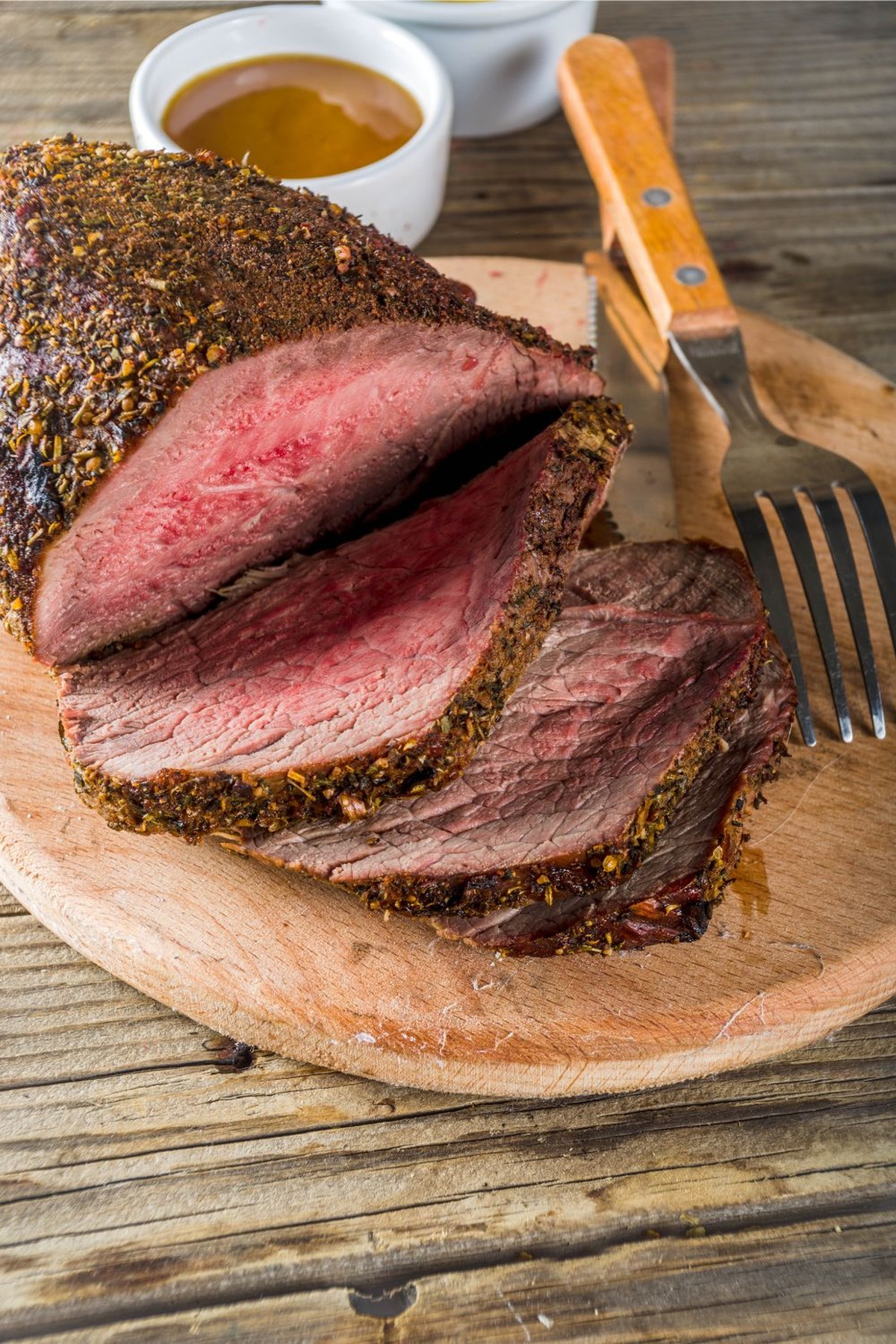
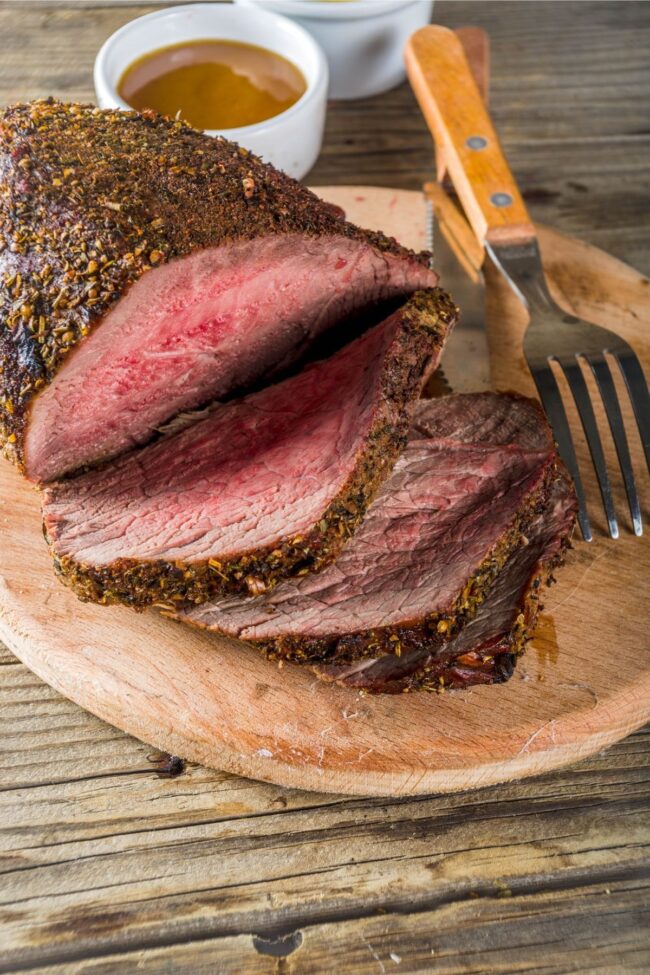
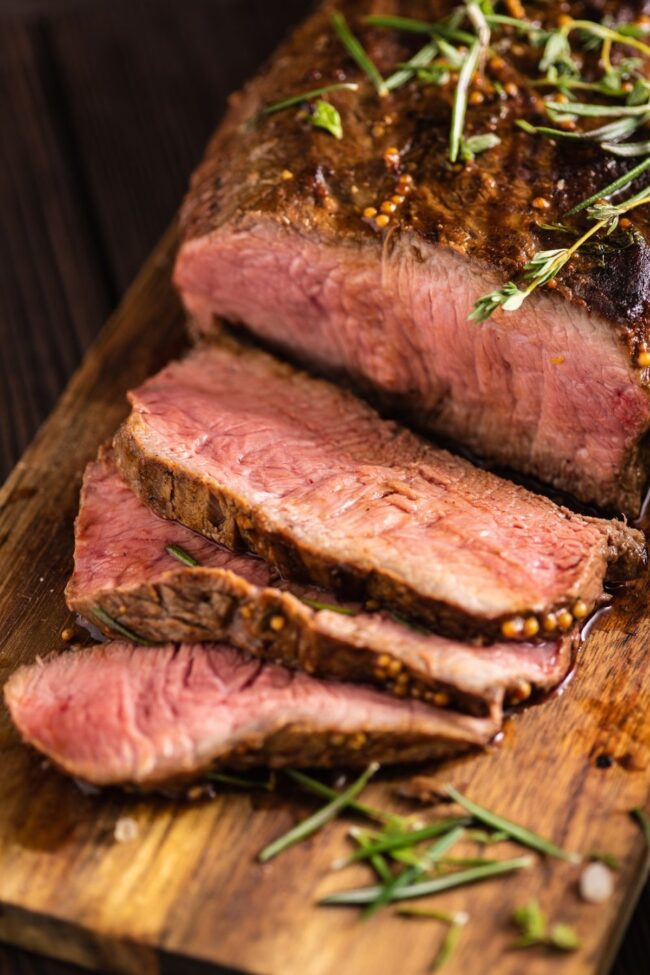
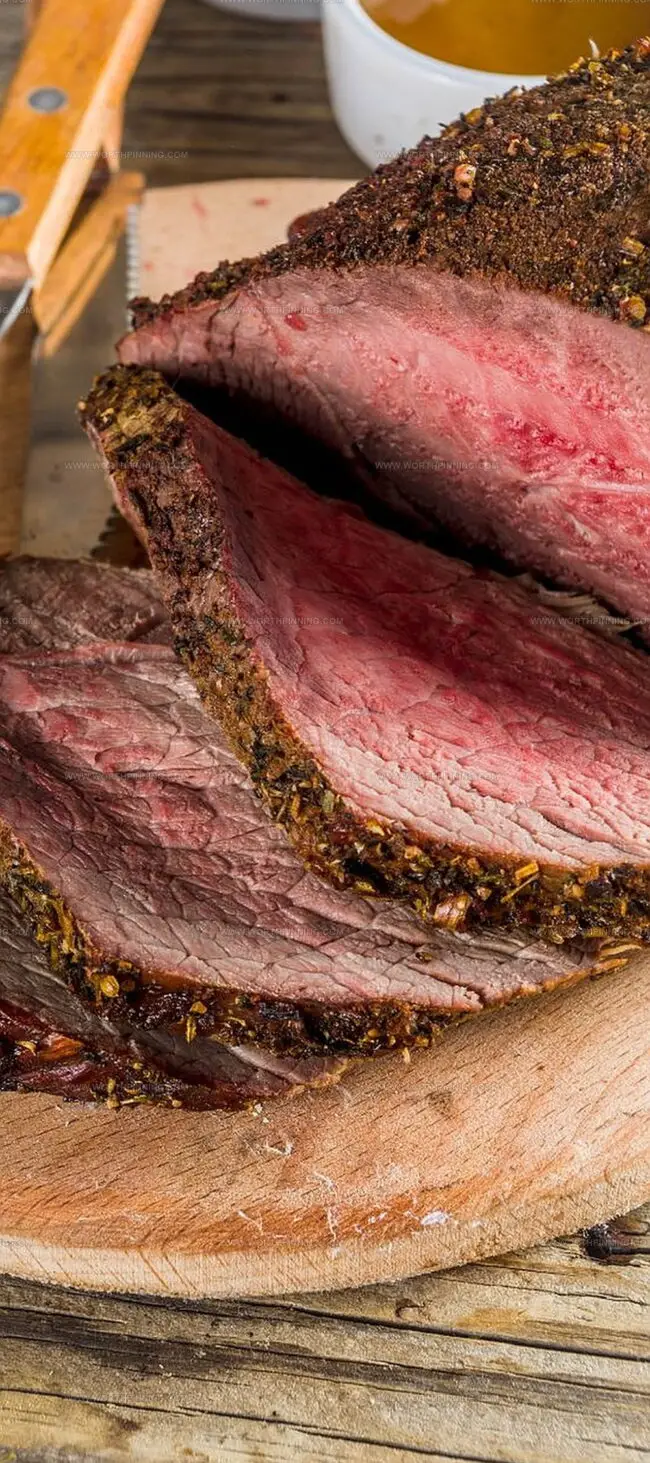
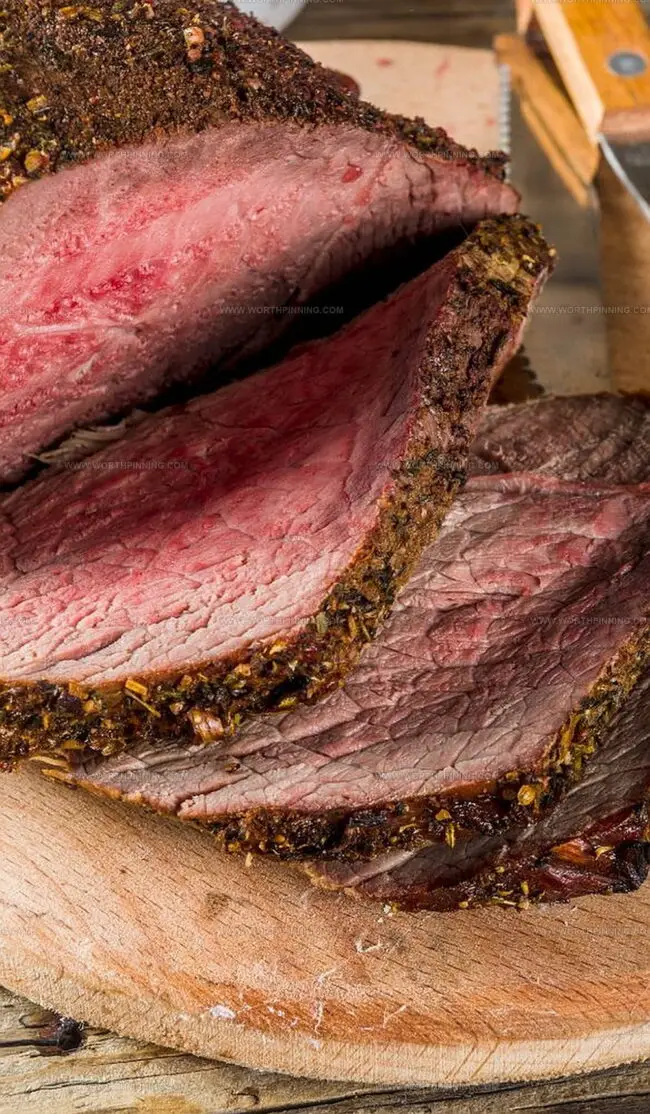
Ethan Miller
Founder & Lead Content Writer
Expertise
Education
Portland Community College
Culinary Institute of the Pacific
Ethan’s culinary journey began in his grandmother’s kitchen, where he first learned to play with flavors and ingredients. With formal training in culinary arts and a deep love for international cuisines, Ethan’s goal is to share the joy of cooking with others.
He believes food is all about creativity and bringing people together, one meal at a time. When he’s not experimenting with new dishes, he enjoys hiking in the Oregon wilderness and discovering fresh, local ingredients.